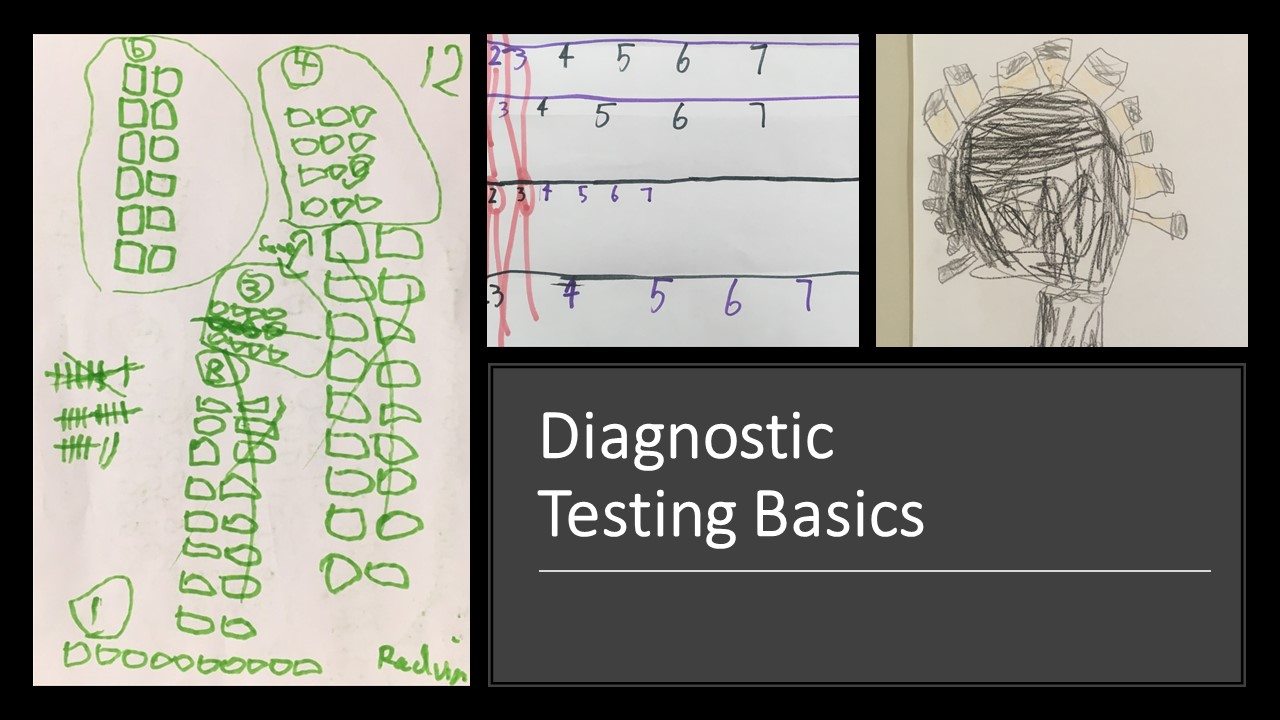
Formative assessment, developmental stages and starting the year well
The goal of formative assessment should always be to find out what each student NEEDS next, rather than focusing

Many teachers that I have met think that modelling means either: “showing kids how to solve a problem”, or sometimes “making something 3D”. As these everyday uses for the term modelling are at significant odds with the AC9 meaning, it is likely to take significant effort for schools to understand the new requirements. In this article, we will talk about what modelling means and provide some simple ideas for getting started.
Think more in terms of “covid modelling”… using mathematical processes to predict the best time to reopen borders so that we could keep people safe. The situation is real, not contrived, and actually needs a solution. It’s probably messy and hard to define, with multiple possible solutions depending on what you think is important. Just like the decision to reopen borders, the mathematical modelling process describes in AC9 involves a number of steps and processes.
In a way, modelling is like super-advanced investigating, except that it has to be actually real rather than shoving content into a context. This means that when assessing modelling, we should prioritise looking for the processes, capabilities or proficiencies evident in students’ work rather than the content. Look out for some adaptable criteria in our next newsletter or download them now from Back to Front Maths.


We run training days on creating modelling tasks, and also have many examples built into the lessons bank for each year level.
Why not share your own ideas with us?

The goal of formative assessment should always be to find out what each student NEEDS next, rather than focusing
Recently I’ve been pondering findings from a major report into Australian schooling that kids who are struggling in maths by
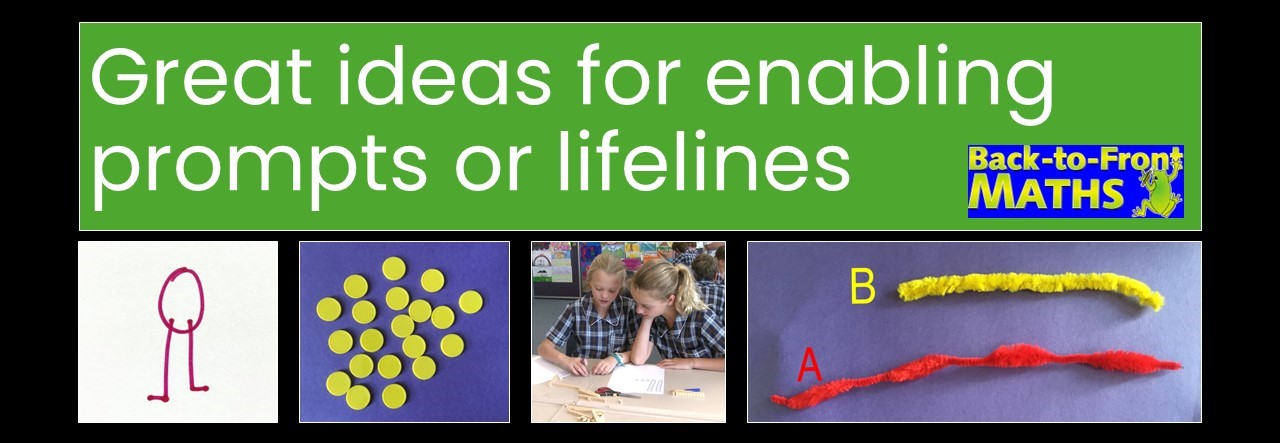
Enabling prompts or life lines are a fantastic way of helping students who are stuck to get started. They do not reduce
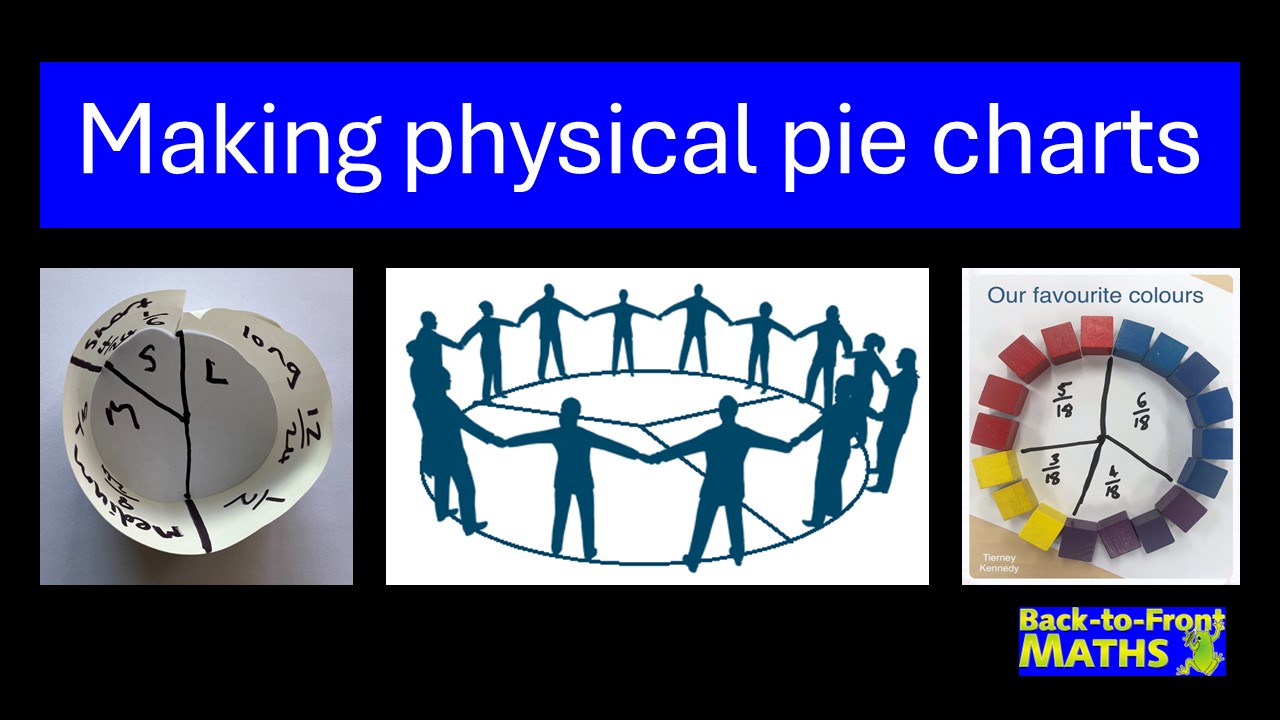
Pie charts are an awesome way of linking statistics, fractions and angles, however they can often be difficult for students
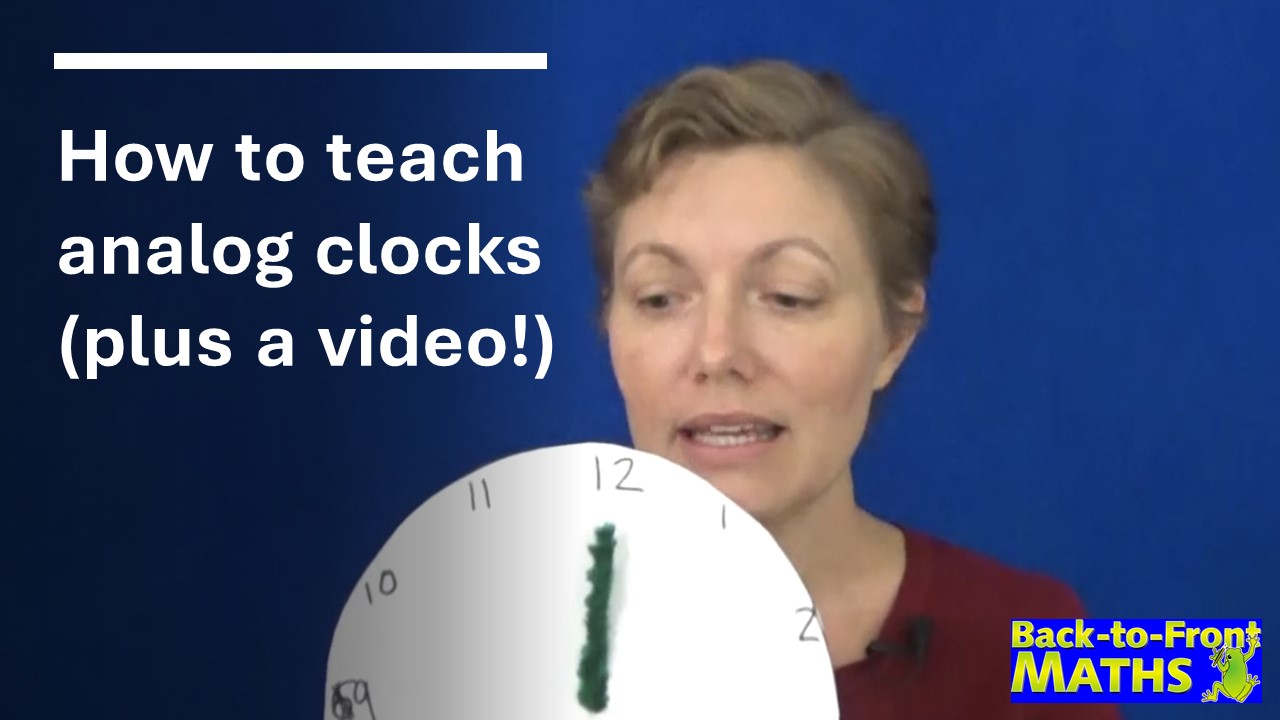
While it may sound counter-intuitive, the easiest way to learn to tell the time is to remove the minute hand
Hundreds charts are great for connecting tens and ones. Why not turn one into a jigsaw puzzle to use in
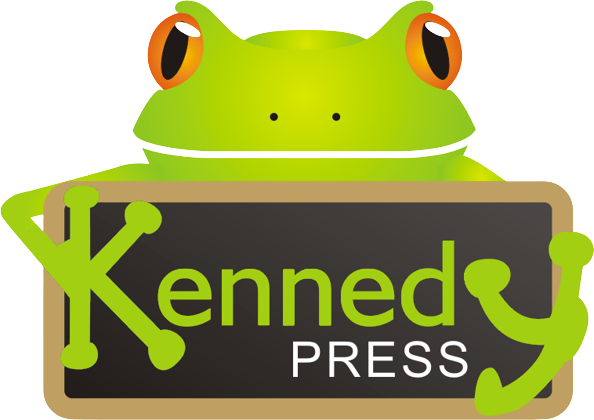
KENNEDY PRESS PTY LTD
FOR ALL ENQUIRIES, ORDERS AND TO ARRANGE PD:
© COPYRIGHT 2023 KENNEDY PRESS PTY LTD ALL RIGHTS RESERVED TERMS & CONDITIONS